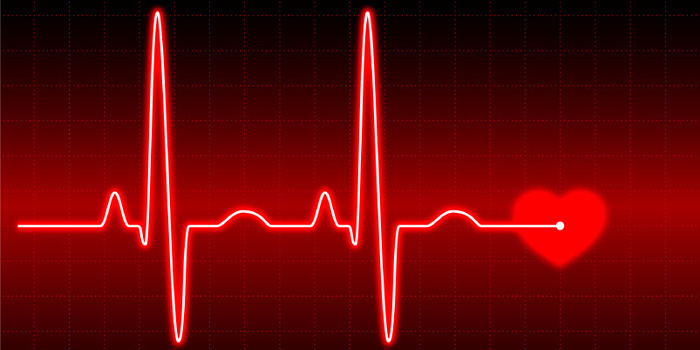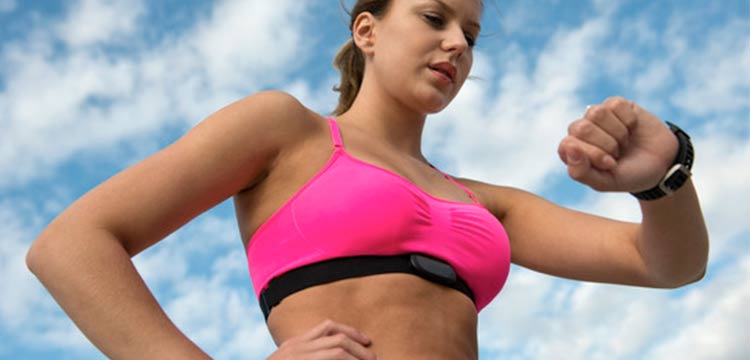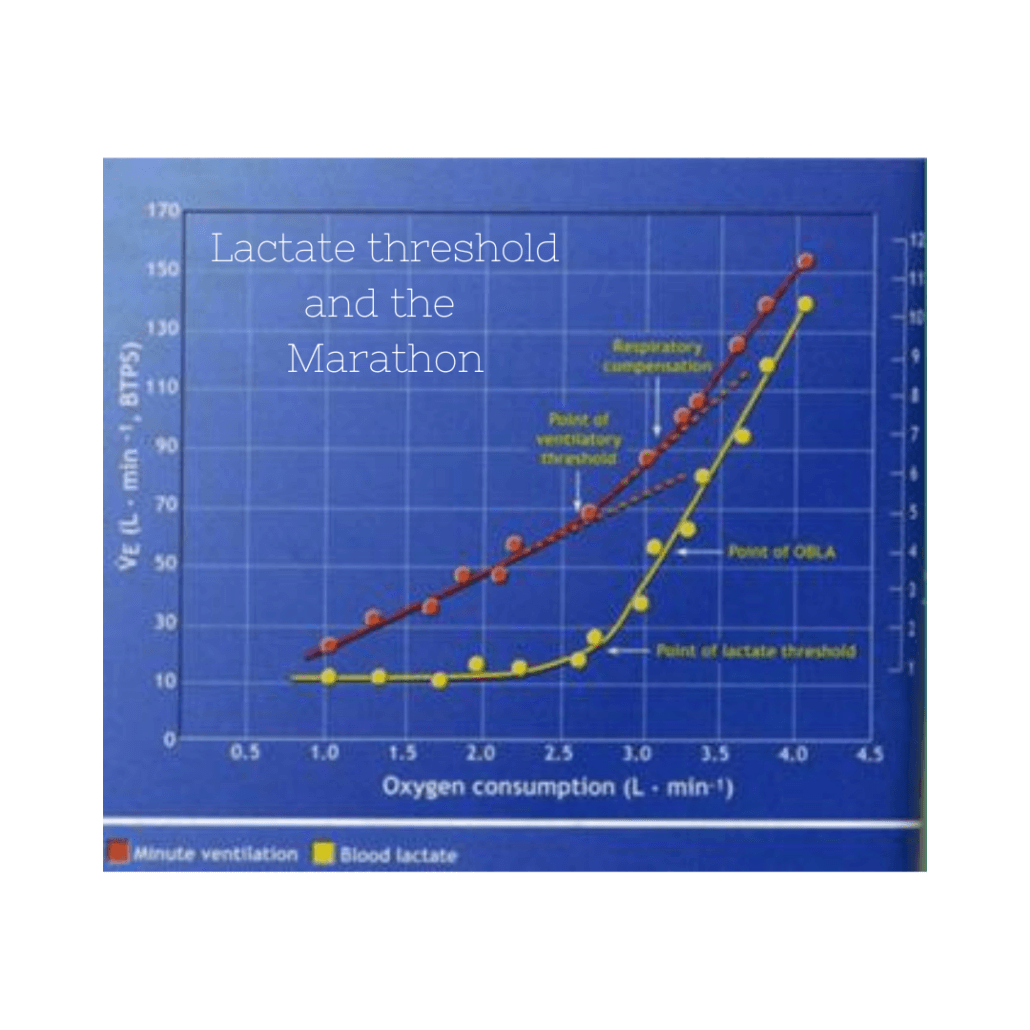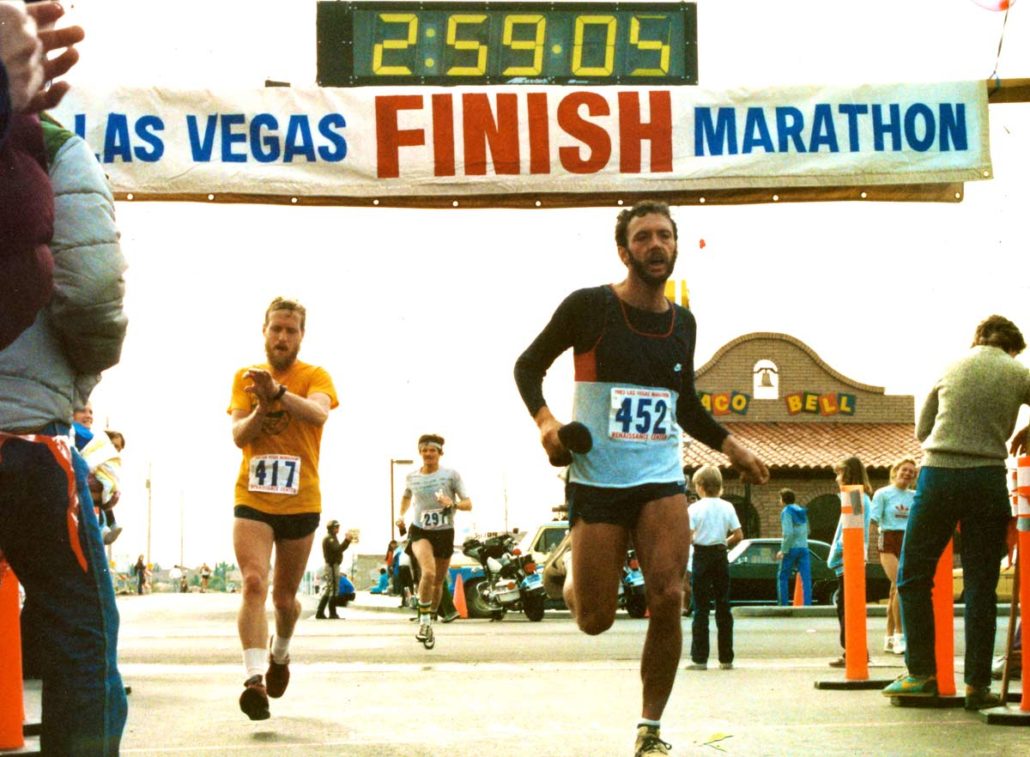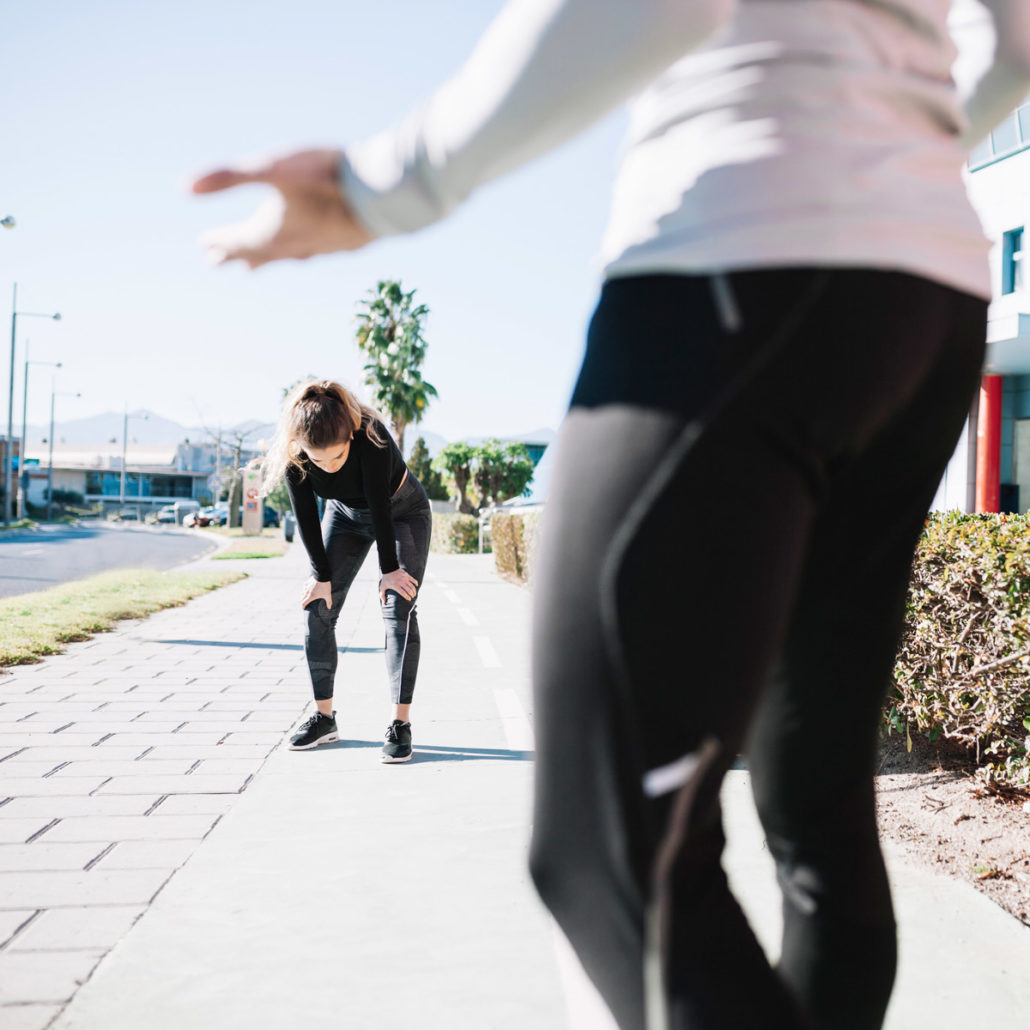My thoughts on heart rate training
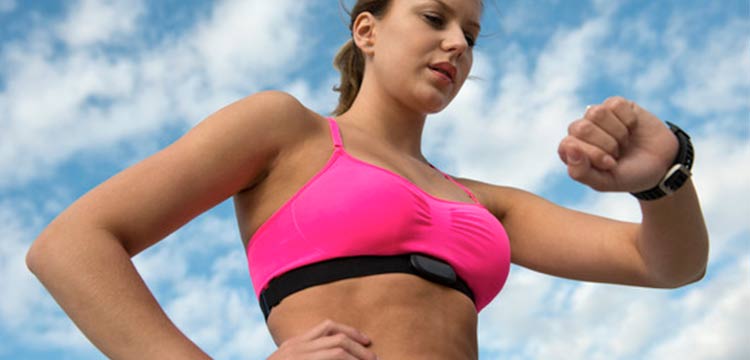
Earlier this year, I did a podcast interview with a guy who pretty much blasted me because I don’t prescribe workouts based on heart rate. There’s a lot of reasons why I don’t that are simply my personal preference, but I wanted to also show what some of the research says to.
To start, I think I must make some clarifications before people get put off by this article. The first is that I’m not 100% anti heart rate, rather I’m pro treating methods as tools. This is the way I feel about everything from GPS devices, strength training, to the shoes you put on. If you put all your emphasis on one aspect you have no balance in your training. To me, heart rate training can certainly have a place in your HMM training- just not on your speed, strength, tempo, and possibly your long runs. I’ll explain why later. Ok so with that disclaimer out of the way, let’s get into some goo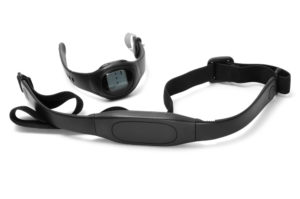 d stuff.
d stuff.
It’s always hard determining the starting point for these discussions, but I think a good place to start is with how heart rate training is typically prescribed. The first thing you need to do is to determine your maximal heart rate. There are two ways to do this. The first is to do a maximal exercise test (a VO2max test). This will be the most accurate. The second is to use the old standby 220-age = HRmax. This is the easiest and most popular. From there, you take your resting heart rate. The ideal time to determine this is right when you get up in the morning. Lay in bed and see what it is by taking your pulse for 10 seconds and multiplying by 6. The average person should be in the 60-90 range. An endurance athlete can be anywhere from the 30’s to 60’s. Most of the time, though when this is taken it’s not when the person first wakes up, rather, it’s sitting with your personal trainer, or your doctor’s office, and after you’ve had a meeting and three cups of coffee- you see where I am going with this.
So anyway, you take your HRmax and subtract your HRrest from that. So, if I am 33 years old my theoretical HRmax is 187 minus my HRrest of 40, leaves me 137. Now, take that 137 and multiply it by the percentage of intensity you would like to workout at- say 70%. So, you have 137 x .7 = 95.9, 96 for practicality. To determine your exercise heart rate for that workout, simply add 96 to 40 (my HRrest) and you get an exercise HR of 136 for that day. This is the most accurate method, and yet I see too glaring sources of errors. The first is HRmax. Using my example, my theoretical HRmax is 187. I know for a fact that it is still in the 201-202 (was 205 in my early 20’s). Right there, we are talking about a difference of 14 beats! The second is the HRrest. There are two things I’d like to point out. The first, we touched on. The timing you take your resting heart rate. Caffeine, stress, sleep deprivation, etc all play a role. Are you getting an accurate number? The second is simply user error. If using a heart rate monitor to determine to your HRrest, then the number is probably accurate. However, if you use your fingers and your wrist, there’s always human error. If you miscount by one beat over 10 seconds, you are still 6 seconds off in total. The point is, that it’s not a stretch to be 15-20 beats off before you even get going. If you are going to use heart rate then making sure your starting point is accurate is crucial.
Now that we’ve talked about the prescription of heart rate, I think it’s important to discuss the prescription of pace as a training tool. With HMM, pace is so important. Why? Because the entire system is based on a goal and/or race pace. In our system, Easy runs are based on an amount of time slower than goal marathon pace. Our tempo runs are based on that goal pace, with the strength being a set amount faster than that goal pace. To me, this is really important. I would say the majority of the people we coach have some time goal in mind. It may be a Boston Qualifier, a sub 2:30, a sub 4:00, an Olympic Trials qualifier, or something to that effect. To run the pace required to run that time goal now becomes incredibly important. If you can’t run those paces, then you can’t reach your goals, correct? What I mean, is at the end of the day, do you want to keep your heart rate at 75% or do you want to run the 8:00 minute/mile pace you need to run your Boston Qualifier? I’ll be honest, I haven’t heard too many people cry out in joy at the finish line, “Yes! I kept my heart rate under 150!”
Ok, being serious, if you are dead set on training with heart rate, that’s just fine. I think they can ultimately coexist (a pace and heart rate training relationship), and I’ll discuss that later. However, first let’s discuss some of the factors you should consider if you are training by hear rate solely.
- Individual day-to-day variances: It has been shown in controlled environments a day to day variance in heart rate of 2-4 beats is fairly common. Through in other factors like stress, caffeine, time of day, rush hour traffic and all of sudden, your day to day variance is significant. Now, while most of the time you are exercising in a specific HR zone that will absorb small variances, it is something to be mindful of. Your day to day activities in all of your life will affect your heart rate for your run. You can’t separate those other things out.
- Cardiac drift is a significant issue with any endurance training. It has been shown that up to a 15% increase in heart rate can occur after 60 minutes of moderate exercise. It’s not for certain what causes it completely, but dehydration is considered a big factor. The point is, your intensity isn’t changing but your heart rate is. So as you run and cardiac drift occurs, you are going to physically have to slow down to maintain the same heart rate, even though you are fine.
- Hydration: If exercising in a dehydrated state, HR can be increased by as much as 7.5% above baseline. Bottom line, the more dehydrated you are, the less reliable a HR monitor will be at providing a measure of intensity.
- Heat: This has been researched a lot and I think we all realize that heat will have an effect on our heart rate. Therefore, this increase in HR will overestimate exercise intensity. However, I will note that understanding your HR in this situation will guide you as to how stressed you are as a whole in a hot environment.
- Cold is interesting because exercising in cold won’t do a whole lot to HR, but it does increase your VO2, which means that HR will then underestimate your intensity.
What this all means to me:
I look at the whole situation like this: Whether I am training by a pace guided system or a heart rate guided system, you are really taking an educated guess. However, with heart rate I have to take an extra step in the process. I am simply adding one more component that I need to measure- if you are training for a certain goal time. In either case, we are taking guesses at what are thresholds are. I guess I just feel that with HR, I am training at a rate that may be making more fit, but I’m not really certain as to what that intensity is going to be on a daily basis. I guess I feel that you are really just overthinking it with heart rate. Almost like you are placing a limit on what you are capable of.
I really do feel that if you think HR training is the way to go, then you need to know for sure what your HRmax is. You really should get it tested, and when you are doing that, get the HR ranges for your thresholds. I say that because 220 minus your age is ok when looking at a large sample of people, but its individual accuracy can be questioned. When I did my thesis, we looked at about 1500 subjects in a wellness center. We found that for healthy and fit individuals, the rate of decline in HRmax was far less than 1 beat per year of life. It was more like 0.5-0.6 beats per year. So, testing can eliminate some of the guess work. However, you really have to take my concerns to heart, regarding the points above. There really has to be almost a day to day evaluation of what a proper intensity/HR should be in order to maximize productivity. With that said, I think over time, it just loses its practicality for the average person.
Where I think thing like GPS and HR can coexist:
I realize I sound like I am anti heart rate. To some extent I am. Let’s be honest, you won’t find me prescribing anyone’s workouts by heart rate. However, if you want to use heart rate, here’s how I think you should do it.
- Know your real numbers. Don’t use a silly equation. Get a maximal test, because you can learn A LOT from this test.
- You’ll not only learn your HRmax, but if your test is done by running faster and faster, not by climbing steeper and steeper, then:
- We can know what your heart rates AND your paces are for all the important thresholds.
- Use all your tools, don’t focus on one. GPS watches are combined with HR monitors, which makes this easy. The best example is the marathon tempo run. If you want to run 8:00 minute miles, know what your heart rate tends to be at for those runs. If you start seeing that heart rate trend climbing then, take note of it. Are you feeling sick? Maybe it’s something, maybe it’s not. Use the tools you have at hand to know if you are training too hard. We’ve already shown that by relying on that one piece of data, you can have all kinds of variances. You have to be able to look at the whole picture.
Another little tidbit for you.
The main reason we use heart rate is to gauge intensity. The other is to monitor overtraining. Here’s a section from an article I will post below:
“…most studies involving HR responses in overreached athletes, have found marked decreases in maximal HR whilst the changes in HR during sub-maximal exercise are less clear. Sleeping HR has been shown to increase and this has been suggested as one of the indicators for overreaching. Although resting HR may also be affected (increased with overreaching) this measure is less reliable and can easily be disturbed by external forces.”
What this is all saying to me is:
- You won’t know if your HRmax is decreased unless you test again.
- That overtraining may or may not affect your exercising heart rate.
- That your resting HR may or may not be affected.
- This one is big: we are now finding out that overreaching (the precursor to overtraining) is indeed key to making improvements. You have to extend yourself beyond your comfort zone to make significant improvement. If you are always pulling your training back because of heart rate, you really end up putting a ceiling on your current capabilities.
To me what it all comes down to is that heart rate will give you data that we can learn without having to log an extra set of information. Does it provide useful information? Potentially, but more in terms of trends and not day to day numbers. If you use it, I’d use it as an add-on to monitor my paces and give me an idea if I am getting fit enough to race what I want to. Would I wear a monitor every day? No. I wouldn’t wear a GPS every day either. For those starting out, I get it. There’s a lot of unknown when you are just starting out. Are we too fast? What is too fast? Am I getting better? These are all very legitimate questions. Having something to measure and provide feedback is great. I just don’t want you to limit yourself and also not learn to listen to what your body is telling you.
